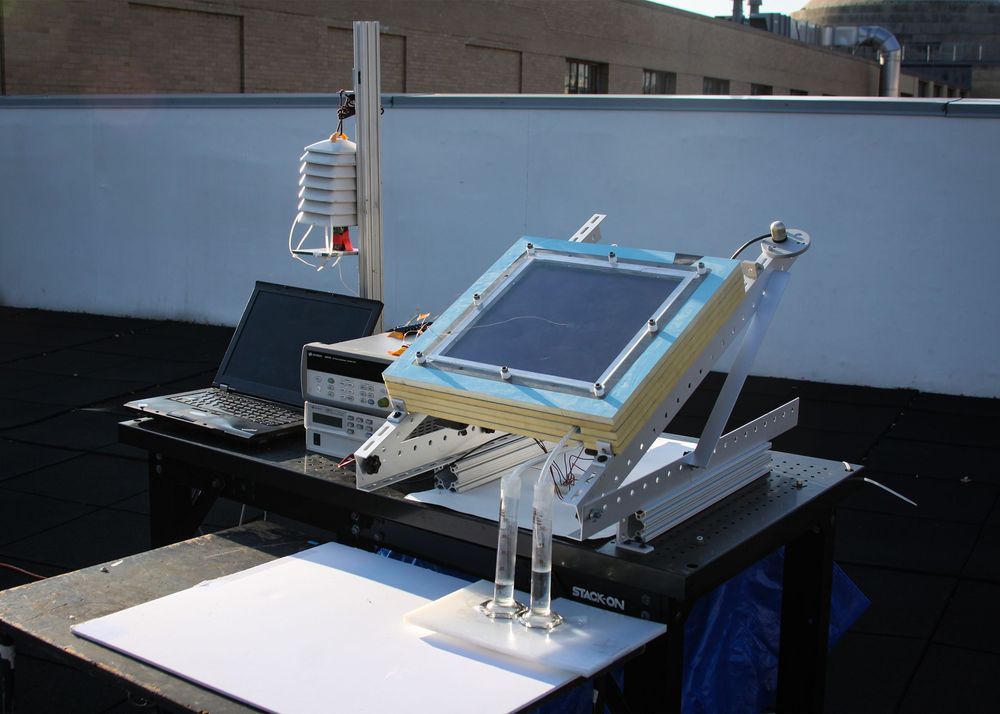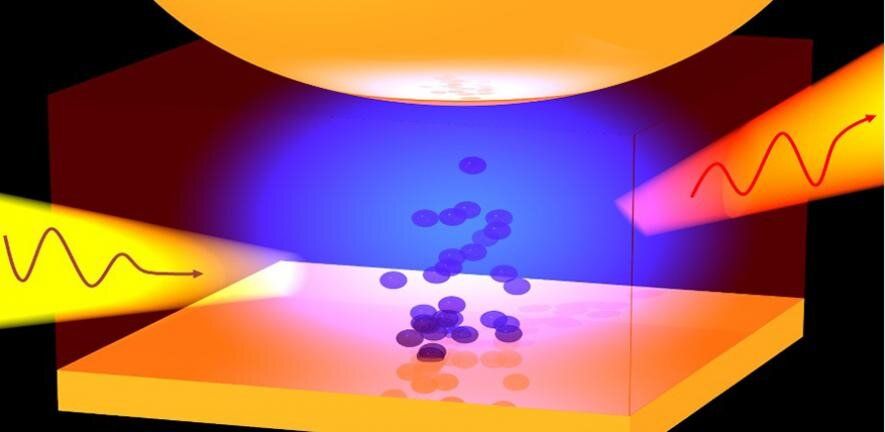Oct 14, 2020
Alphabet’s New Moonshot Is to Transform How We Grow Food
Posted by Kelvin Dafiaghor in categories: food, genetics, solar power, sustainability
Mineral’s plant buggy looks like a platform on wheels, topped with solar panels and stuffed with cameras, sensors, and software.
But maybe there’s a better way—and Mineral wants to find it.
Like many things nowadays, the key to building something better is data. Genetic data, weather pattern data, soil composition and erosion data, satellite data… The list goes on. As part of the massive data-gathering that will need to be done, X introduced what it’s calling a “plant buggy” (if the term makes you picture a sort of baby stroller for plants, you’re not alone…).
Continue reading “Alphabet’s New Moonshot Is to Transform How We Grow Food” »


















